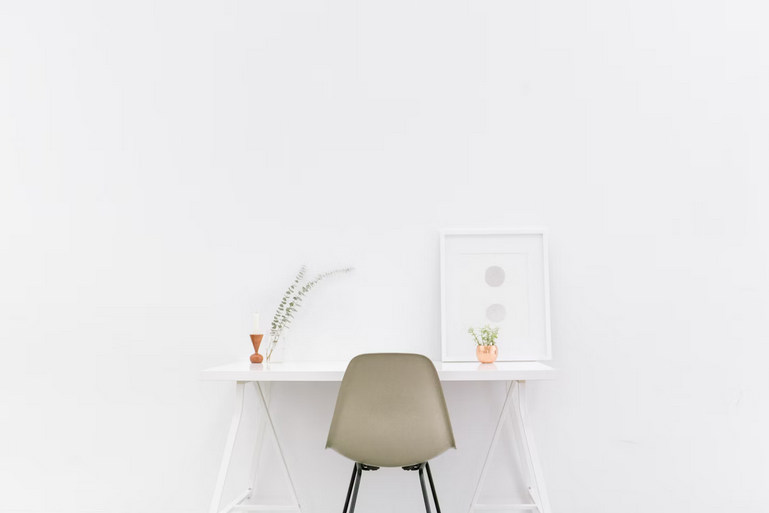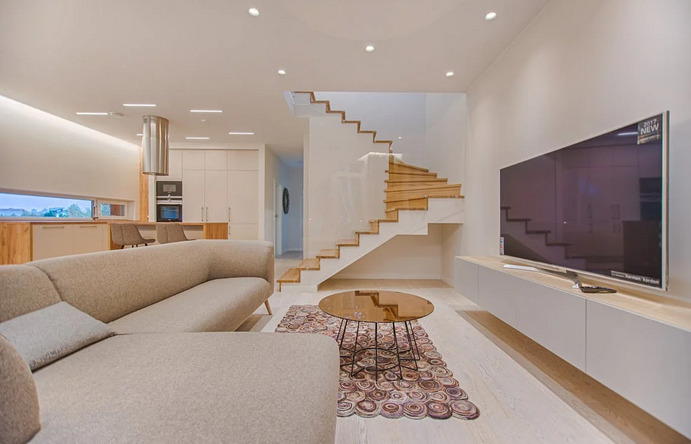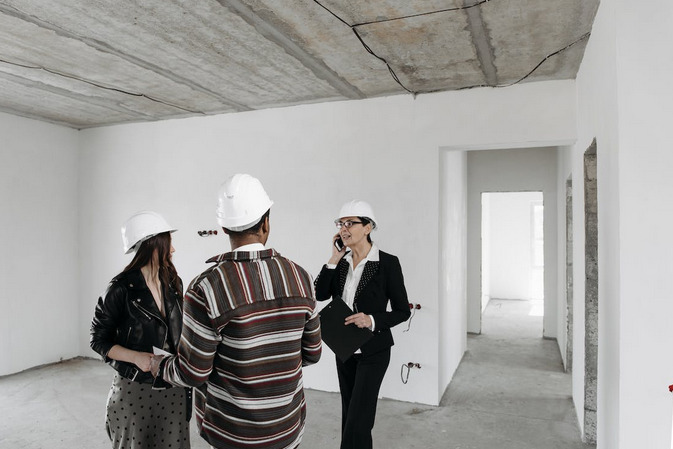Have you ever walked into a room and felt an instant shift in your mood? Maybe it was the warm hues of the walls or the cozy arrangement of furniture that made you feel right at home. This phenomenon isn’t just a coincidence. It’s all about mood-based design. The way we curate our living spaces can significantly influence how we feel day to day. Imagine transforming your home into a sanctuary that reflects your emotions and enhances your well-being. With the right approach, you can create interiors that resonate with happiness, calmness, or even creativity. Let’s embark on a journey to explore how design choices can evoke feelings and foster personal connections within our spaces. For more information, visit https://esoftskills.com/what-is-compliance-when-applying-for-an-apartment/.
The Connection Between Design and Emotions
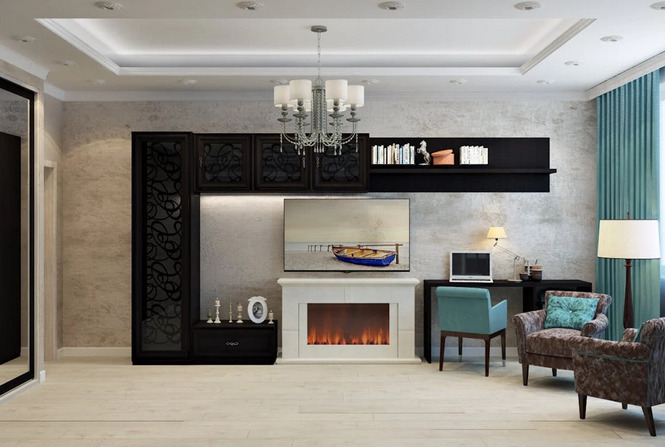
Design is more than just aesthetics; it’s a language that speaks to our emotions. Every color, texture, and arrangement has the power to evoke feelings we may not even realize are surfacing. For instance, soft blues can instill calmness, while vibrant reds might ignite passion. The spaces we inhabit shape our moods daily think about how a cozy nook invites relaxation versus an overly stark room that feels cold. Textures also play an essential role. A plush couch encourages comfort, whereas sharp lines in furniture might create tension. Lighting adds another layer of emotional depth. Warm lights often foster intimacy, while bright fluorescents can energize or overwhelm us.
Different Moods and Their Impact on Interior Design
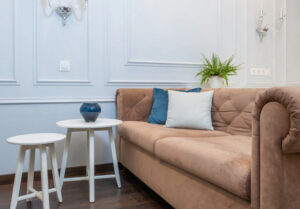 Colors play a crucial role in shaping our emotions. Warm tones like red and orange can evoke energy and passion, while cooler shades such as blue and green promote calmness. Textures also matter. Soft fabrics invite comfort, while sleek finishes might inspire modernity or sophistication. Lighting influences mood too. Bright spaces encourage alertness, while dim lighting creates intimacy. Layered lighting adds depth to any room. Consider the layout of your space as well. Open areas tend to feel more inviting and social, whereas enclosed spaces can offer a sense of security.
Colors play a crucial role in shaping our emotions. Warm tones like red and orange can evoke energy and passion, while cooler shades such as blue and green promote calmness. Textures also matter. Soft fabrics invite comfort, while sleek finishes might inspire modernity or sophistication. Lighting influences mood too. Bright spaces encourage alertness, while dim lighting creates intimacy. Layered lighting adds depth to any room. Consider the layout of your space as well. Open areas tend to feel more inviting and social, whereas enclosed spaces can offer a sense of security.
Tips for Incorporating Mood-Based Design in Your Home
Start by choosing a color palette that resonates with your desired mood. Soft blues and greens can create calmness, while warm yellows and reds evoke energy. Think about how these colors make you feel. Lighting plays a vital role too. Natural light boosts positivity, so maximize it where possible. For evenings, consider adjustable lighting options like dimmers or smart bulbs to set the right atmosphere. Textures add depth to your space. Incorporate soft fabrics for relaxation or sleek materials for a more dynamic feel. Layering rugs or combining different cushions can enhance comfort. Don’t forget scents; they trigger powerful emotional responses. Use candles or essential oils to fill your home with uplifting fragrances like citrus or calming lavender.
The Importance of a Personalized Mood Board for Your Home
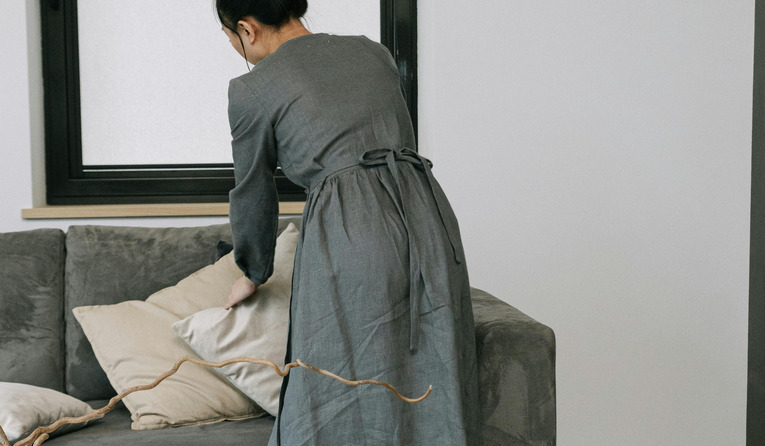
Creating a personalized mood board is an exciting step in your design journey. It allows you to visualize the emotions and aesthetics you want for your space. Start by gathering inspiration from magazines, websites, or even nature. Look for colors, textures, and patterns that resonate with your feelings and aspirations. Use a corkboard or digital tools like Pinterest to arrange these elements visually. Play with different layouts until something feels right. Incorporate swatches of fabric, paint samples, or images of furniture pieces that evoke the desired mood. Remember to trust your instincts; this board reflects what makes you feel at home.
Creating emotionally responsive interiors can transform your living space into a sanctuary that nurtures your well-being. By understanding the connection between design and emotions, you can curate an environment that reflects your personality and enhances your daily experience. Incorporating mood-based design elements allows you to tailor each room to evoke specific feelings. Whether it’s calmness in a bedroom or creativity in a home office, the right colors, textures, and furnishings play crucial roles.





